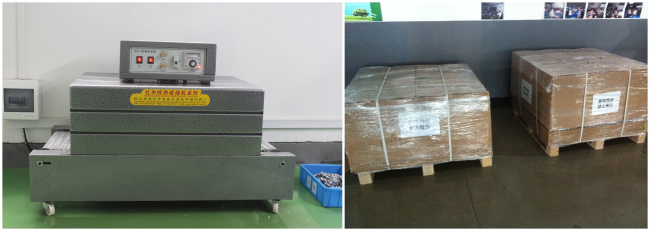Permanent Magnet AC motors are inherently more efficient due to elimination of rotor conductor losses, lower resistance winding and “flatter†efficiency curve. Due to their synchronous operation, PMAC motors offer more precise speed control. PMAC motors provide higher power density due to the higher magnetic flux as compared with induction machines. Finally, Permanent Magnet motors generally operate cooler, resulting in longer bearing and insulation life.In an axial flux motor, the magnetic force (through the air gap) is along the same plane as the motor shaft, i.e. along the length of the motor. A radial flux motor (Radial Ring Magnets)is the more traditional design, in which the magnetic force is 90° (perpendicular) to the length of the motor/shaft. Think about axial flux like the disc brakes in your vehicle, where the disc rotates like the rotor in an axial flux design. Axial flux is not peculiar to permanent magnet motors.
The most obvious performance difference is that a PMAC motor rotates at the same speed as the magnetic field produced by the stator windings; i.e. it is a synchronous machine. If the field is “rotating†at 1800 rpm, the rotor turns at the same speed. An induction motor, on the other hand, is considered an asynchronous machine, as its rotational speed is slightly slower than the magnetic field’s “speedâ€. An asynchronous motor is said to have “slip†(the difference between the motor’s physical speed of, say, 1750 rpm, and its stator’s magnetic speed of 1800 rpm) and cannot produce torque without this difference in speed, as the rotor is constantly trying to “catch up†with the magnetic field. The synchronization of PMAC results in improved efficiency, better dynamic performance and more precise speed control…a major benefit in positioning applications. Generally speaking, PMAC motors provide higher flux density than a comparable induction motor. This means that more power (torque) can be produced in a given physical size, or equal torque produced in a smaller package. AO MAGNET ELECTRONIC provide the best quality permanent magnets for ac motors.
|









